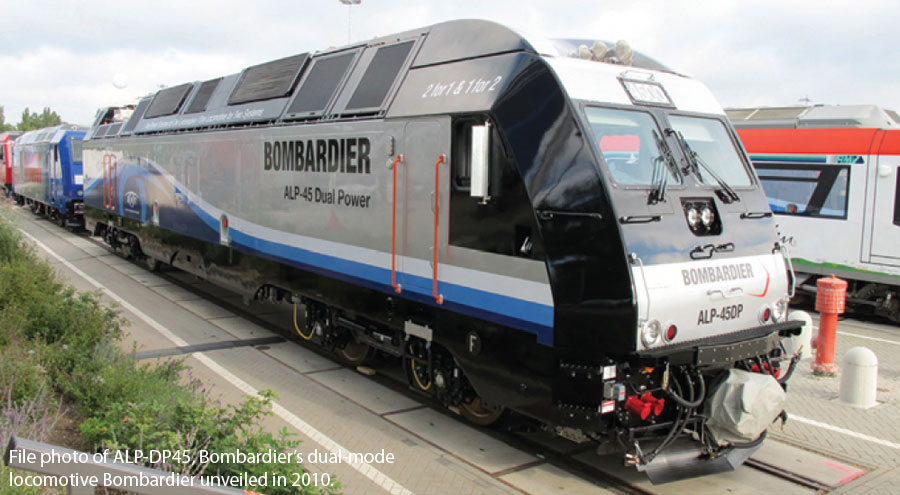Railway electrification in India has been a phenomenon where much has been aspired but very little achieved. The government has always wished that diesel traction is phased away so that the annual import bill of billions of litres of diesel is controlled. Besides, the growing environmental concerns associated with burning of a fossil fuel like diesel can be mitigated. Railway electrification is never an easy task because it has to be carried out on live and running tracks. Railway electrification has by and large been a tardy process except in recent years (See Box: Pace of Electrification). However, the task of 100 per cent railway electrification remains elusive.
Today, electric locomotives are used wherever possible as the first choice. When the journey enters a non-electrified area, the electric locomotive is replaced by a diesel locomotive, in a process that is informally known as the “technical break.” This switching of locomotives can be a time consuming exercise. When added across the thousands of long-distance passenger and goods trains, this aggregate waiting time can be counterproductive.
Given that railway electrification will be a slow process, the government is now implementing a technical solution, to at least obviate the time lost in these “technical breaks.” Called dual-mode locomotives, this is a technical breakthrough deployed in developed economies of Europe and North America. A dual locomotive is one that can run on electricity as well as diesel. Even the switchover from one mode to the other is seamless. According to reliable reports, these locomotives made their presence in North American countries like USA and Canada as recently as the early part of this decade. India has therefore been very prompt in absorbing this technology. What is interesting is that India’s experiment with dual-mode locomotives will be an indigenous venture.
T&D India interacted with Mumbai-based High-Volt Electricals Pvt Ltd, a company that will be supplying specialized transformers for these dual-mode locomotives.
Rajesh V. Shah, the company’s CMD explained that the design for these dual-mode locomotive transformers has already been approved by Lucknow-based Research Designs and Standards Organisation (RDSO), an entity under the ministry of railways, engaged in design, testing and R&D. “We will be manufacturing the transformers soon,” noted Shah, explaining that in the first phase the Indian Railways is planning to roll out five such locomotives “We will be associated with the first phase,” said Shah. The dual-mode locomotive will be made by Diesel Locomotive Works (DLW), a Varanasi-based manufacturing outfit of the Indian Railways. The most critical component of the locomotive will be propulsion system that will be sourced from Chennai-based Medha Servo Drives. Dwelling more on the transformers, Shah noted that the testing of the transformer has been in-house. “Type testing will be done at Indian labs like CPRI and ERDA.” The transformer will also be subject to the vibration test that will be done at overseas laboratories like CESI, Italy or KEMA, Netherlands. This vibration test will need to be performed only on one transformer as it is related to the design of the transformer. The transformer will be placed on the locomotive and will be subject to significant vibrations given that the locomotive could attain top speed of up to 250 kmph.
Once five dual-mode locomotives are rolled out, which is expected in the coming months, the Indian Railways are expected to procure 30 such locomotives annually. The total requirement of locomotives is expected to be in the region of 600 units, estimated Shah.
It is reliably learnt that the propulsion system for these dual-mode locomotives was to be ordered from international suppliers. However, the rates quoted were significantly higher, and inflexible, leading to the procurement drive becoming an indigenous one. The country is therefore expected to enjoy substantial savings of foreign exchange, more so if the pilot project is successful and the onward procurement is also done from Indian suppliers.



